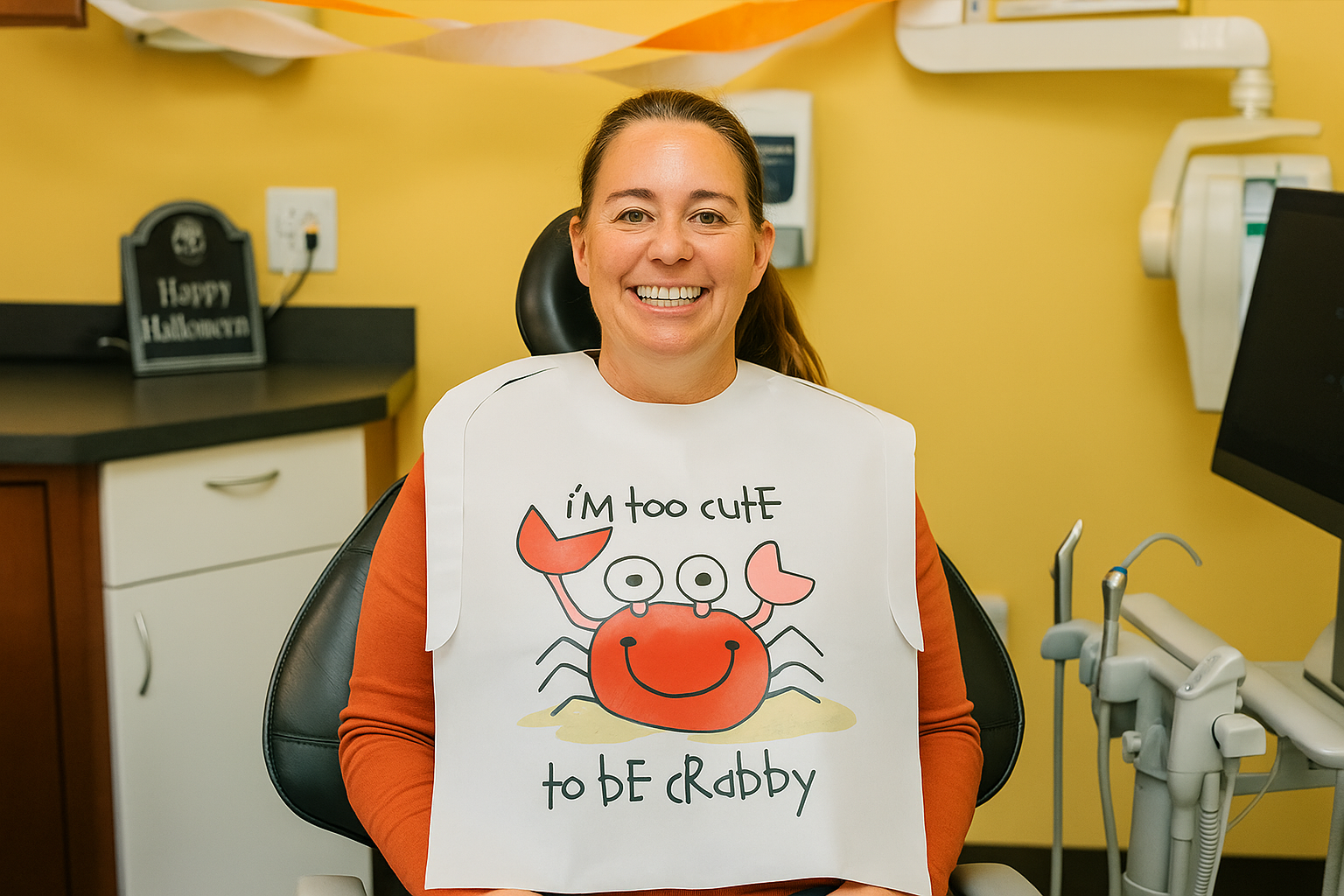Every Dental Insurance Plan is different. Not only are different plans covered at different percentages, there are also fine print details in plans that impose waiting periods for treatments, missing tooth clauses, and alternate benefits applied on back teeth composite fillings.
Most Dental Insurance breaks down coverage into three types:
1. Preventative Services – Includes teeth cleaning, oral exams, X rays and fluoride.
This type is typically covered by insurance at 100%, meaning the patient pays nothing out of pocket. However, these services apply toward the yearly maximum amount of benefits.
2. Basic Restorative Services – Includes fillings, root canals, extractions, and periodontal services.
This type is typically covered by insurance at 80% but can be covered differently. This means that the patient is responsible for paying 20% of the procedure. Most plans also have a yearly deductible so the patient must pay that first. Many people expect to pay their $20 co-pay like health insurance and are surprised they owe a $50 deductible plus 20% of the procedure. The dental insurance will pay 80% after the deductible up to the yearly maximum amount of benefits. After a patient reaches their maximum amount of benefits they must pay everything out of pocket.
3. Major Restorative Services – Includes crowns, bridges, and implants.
This type is typically covered at 50% but again can be covered differently. The deductible applies if the patient has not already paid it for the year. Also, the yearly maximum still applies.
If your plan is not broken down into three types like this, there are also plans that run on a contract fee schedule. These plans tell you in advance how much they will pay for each fee and you pay the difference. Usually, these plans are less expensive but patients end up paying more out of pocket for treatment.
What is the yearly maximum?
I’ve mentioned the maximum amount of benefits insurance will pay a few times now. It can be a $1,000 or much more or less depending on your plan. This is the amount your insurance will pay per year and nothing more (unless you have roll-over benefits). So say you have $1,000 per year and maybe $400 of that is used by for your bi-annual teeth cleanings, exams and X rays. Then you get a few fillings that uses another $500. If you end up breaking a tooth and need a crown, you only have $100 left of your insurance that would apply to the crown. The rest of the cost would be left to be paid by you out of pocket.
There are many advantages to having insurance. When a person has dental coverage they are more likely to seek out and receive better dental care. Dental coverage leads to going to the dentist on a regular basis which leads to better oral health, which directly relates to better overall health. The single most commonly asked question relating to insurance is this: Do you accept my insurance?
We accept most dental insurance plans. The most common in our office are Delta Dental, Blue Cross Blue Shield, Atena, Cigna, Guardian, Met Life, United Health, Sun Life & Health Ins, Harvard Pilgrim Care, and Altus.
Stayed tuned for many tips about Dental Insurance such as: Did you know that some people are eligible for four hygiene visits a year?






